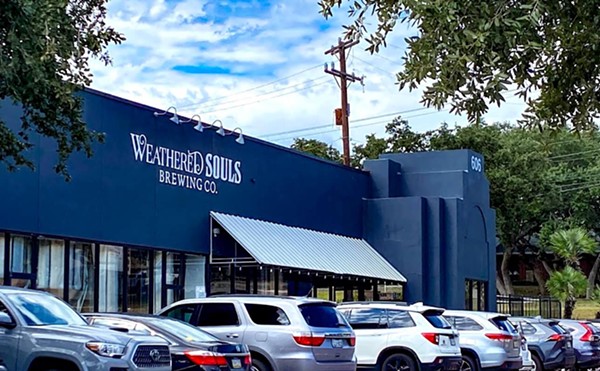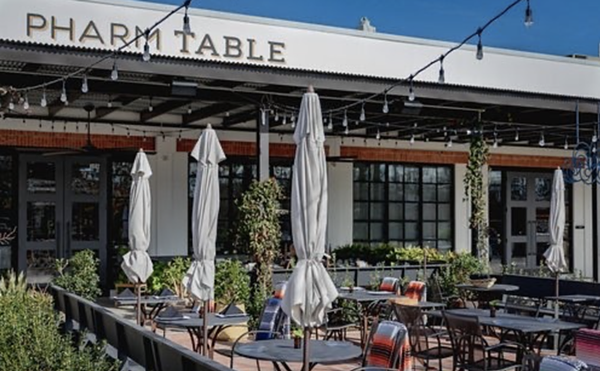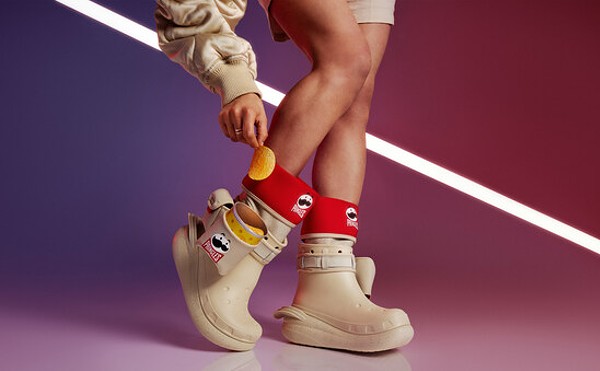It’s the end of the year, the time when lists appear. Best of, worst of, most underappreciated … that sort of thing. My editor hates lists — or so she says. So this will be a list disguised as a resolution: I hereby resolve to learn more about German and Alsatian wines in 2009. Yes, I’m as daunted as you are.
But we’re not the only ones. Wine critics have been wringing their hands lately over the effects of global warming on wines from Germany and Alsace; the fact that wines labeled kabinett no longer taste like the light, low-alcohol, easy-drinking wines of yore; and the difficulty of knowing what sweetness level a wine has achieved from the information given on the label. Yes, we know that halbtrocken is, literally translated, “half-dry” and thus has an expected degree of sweetness. But even within once-dependable designations, there are apparently wide swings in character. The solution? Keep buying and drinking. Here, then, are a few wines I happen to have tasted and liked during 2008. (It’s a short list. Promise.)
Dr. Pauly-Bergweiler from the Middle-Moselle region of Germany does rieslings — good ones at affordable prices. The entry level Noble House, for about $14 in screwcap, has smoky-mineral qualities atop apricot and peach flavors. A degree of sweetness is countered by good acid balance.
The Wehlener Sonnenuhr Kabinett 2003, about $18, came from a ripe vintage, had an appealing (honest) oily nose, and tasted of the volcanic slate on which it’s grown.
Spending a little more than $20 gets you the Bernkastler Badstube Kabinett 2006, a wine that almost literally leaps out of the glass with slate and white-flower aromas and finishes with apricot and honeysuckle.
Domaine Rieflé is an Alsatian producer — at 25 hectares it’s small by our standards, but is nevertheless relatively large on the local scene. The wines are all estate-produced in vineyards that are “moving toward biodynamic viticulture in the near future.” The labeling here is simpler at first glance than in Germany — hence the Rieflé Pinot Blanc Classique, a wine selling for about $17.50 that has a pretty nose of mirabelle and white flowers and both floral and citrus qualities on the palate.
The Riesling Classique, at about $20, has appealing, muscat-like fruit but none of the smoky-mineral aspects of many German Rieslings. Rieflé’s Pinot Gris Classique is deep gold, with honeyed apricot, peach, and honeysuckle countered by a firm acid backbone. And the Gewurztraminer Classique offered rose petals that wouldn’t quit with a little of the grape’s characteristic spiciness — all at around $20.
You need to spend more money — so what’s new? — to get to the sensational 2005 Rieflé Riesling Grand Cru Steinert with massive mineral aspects on both nose and palate. It’s closer to the German model but with a character all its own, and was my favorite of the Rieflé stable. Stay tuned for more — assuming I stick to my resolution. •
















